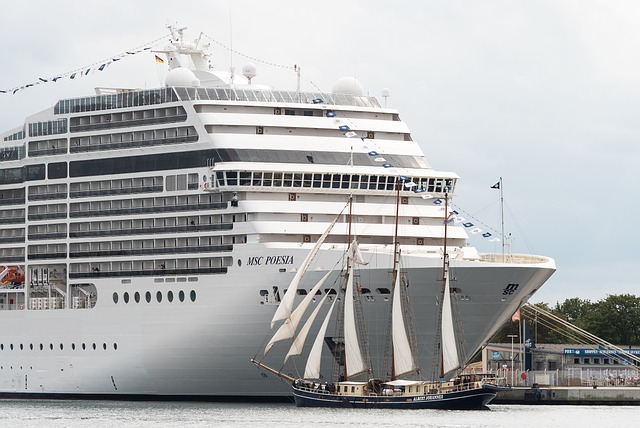Repossessed Boats: What Buyers Should Know
Repossessed boats are vessels that lenders or owners have reclaimed, often because loan obligations were not met. For buyers, repossessions can offer access to a range of craft—from small runabouts to large houseboat conversions—but they also carry extra risks. Understanding condition, paperwork, location and possible liens is essential before bidding or buying a repossessed vessel.

What are repossessed houseboats?
A repossessed houseboat is a floating property recovered by a lender or owner after default. These vessels can be residentially outfitted and may include living systems—plumbing, electrical, HVAC—that require inspection and maintenance. Because houseboats spend extended time on the water and often sit at mooring sites, buyers should review structural integrity, hull condition, and onboard systems. Title checks and local waterfront regulations may also apply if the houseboat has been tied to a permanent slip or dock.
How to buy a repossessed boat
Buying a repossessed boat typically happens through auctions, bank sales, or online marketplaces. Start by researching the auction platform’s terms, buyer fees, removal deadlines, and whether a marine survey is permitted. Inspecting a vessel beforehand is often limited, so set a maximum bid based on realistic repair and transport estimates. Ensure you understand how title transfer works in your jurisdiction and whether any outstanding liens or back marina fees might transfer with the vessel.
Inspecting a vessel on the water
When a repossessed boat is still on the water, specific checks become important: hull integrity, soft spots on decks, signs of osmosis, engine corrosion, and the condition of through-hull fittings. Engines and transmissions may have been idle for extended periods. If possible, hire a marine surveyor for a professional inspection; if not, use a checklist and take photos. Consider how the boat will be transported or moved from the marina—fees and logistics can add materially to the total cost of acquisition.
Marina and waterfront considerations
A repossessed vessel often resides at a marina or waterfront property before sale. Marinas may hold unpaid fees, and some auction terms require buyers to clear those balances prior to removal. Local waterfront rules, slip agreements and environmental regulations can affect what you can do with the boat post-purchase. Plan for dockage, haul-out, winterization, and any permits required for a houseboat or long-term mooring in your area.
Repossessed boats are commonly sold through a handful of known channels. Below is a brief overview of typical sources and a general pricing guide to help set expectations. Actual availability and prices vary by region, vessel condition, and auction platform.
| Product/Service | Provider | Cost Estimation |
|---|---|---|
| Small runabout (repossessed) | Copart, eBay Motors, local marine auctions | $3,000–$15,000 |
| Mid-size cruiser or cabin boat (repossessed) | Copart, IAAI, local bank auctions | $10,000–$60,000 |
| Houseboat (repossessed) | Local bank repossessions, specialized marine auctions | $20,000–$150,000 |
| Bank or dealer auction lots | Local banks, repossession firms | Varies widely; often below retail depending on condition |
Prices, rates, or cost estimates mentioned in this article are based on the latest available information but may change over time. Independent research is advised before making financial decisions.
Conclusion
Repossessed boats can present value opportunities but require careful due diligence: verify title and liens, inspect the hull and systems, account for marina and transport costs, and confirm local waterfront rules. Use professional inspections where possible and treat auction purchases as requiring a margin for repairs and unexpected fees. Approaching repossessed vessel purchases with realistic budgeting and patience increases the chance of a successful acquisition.





